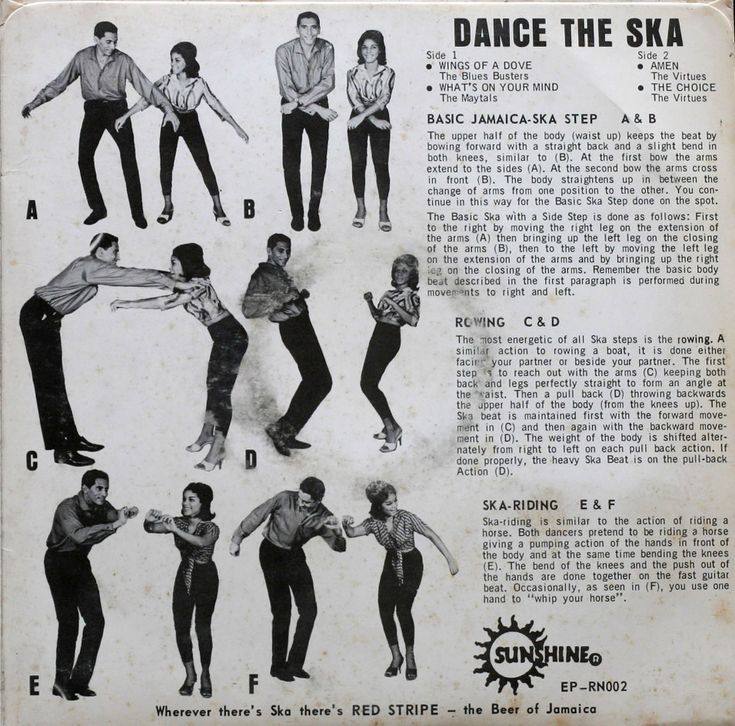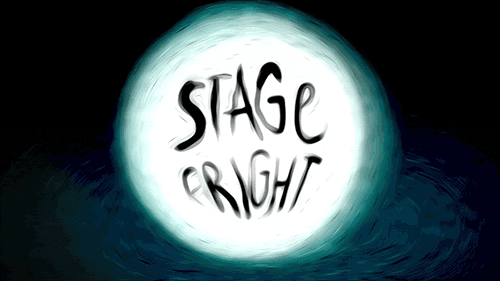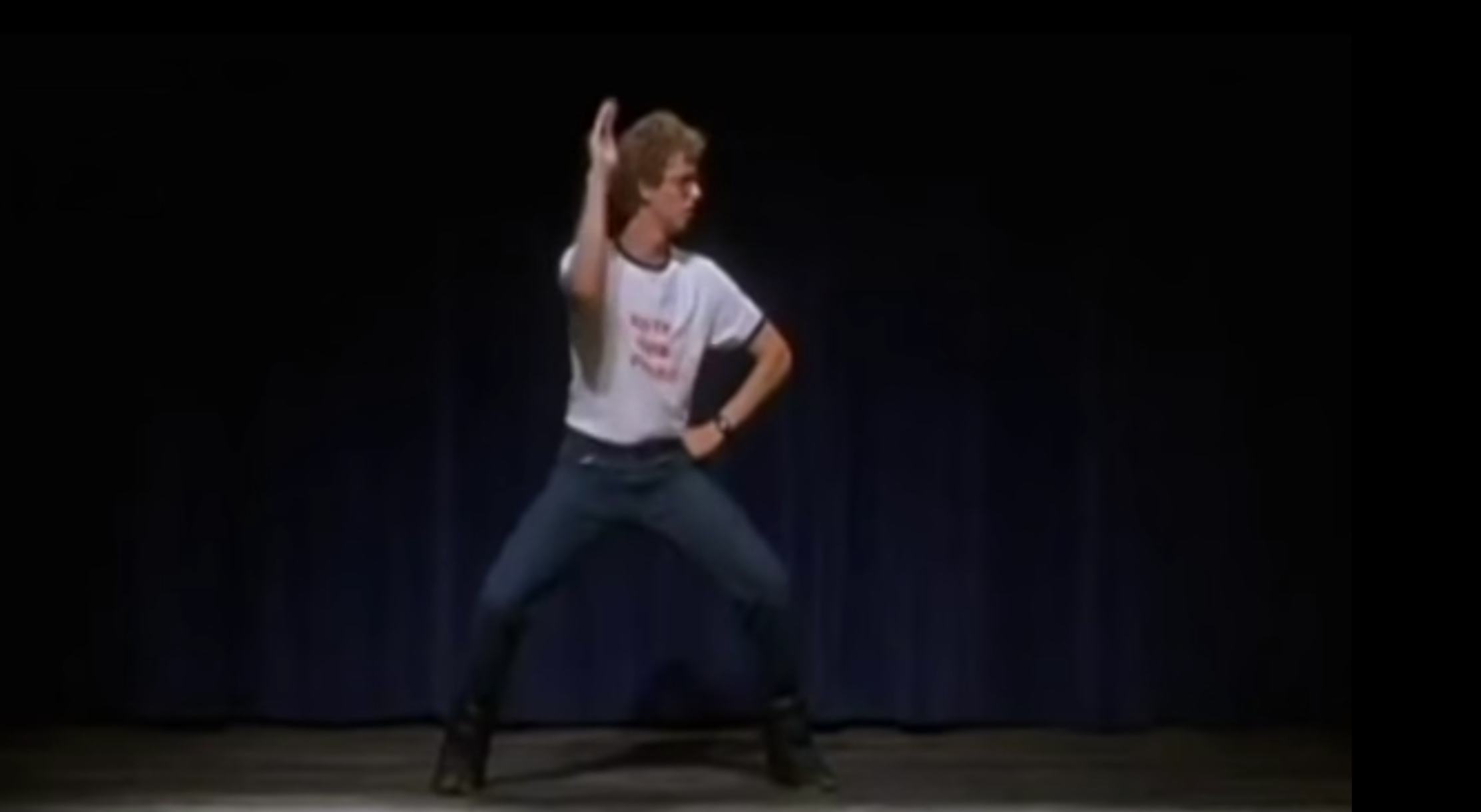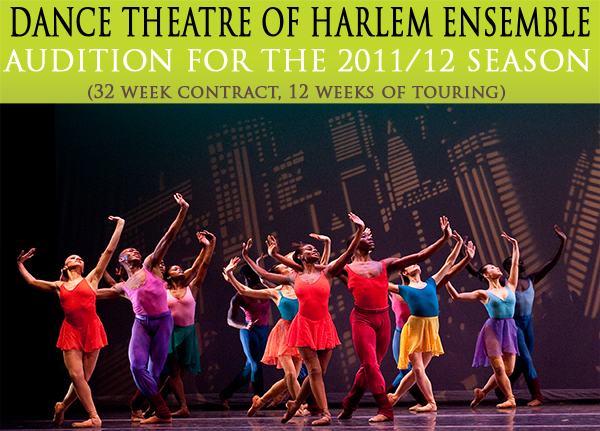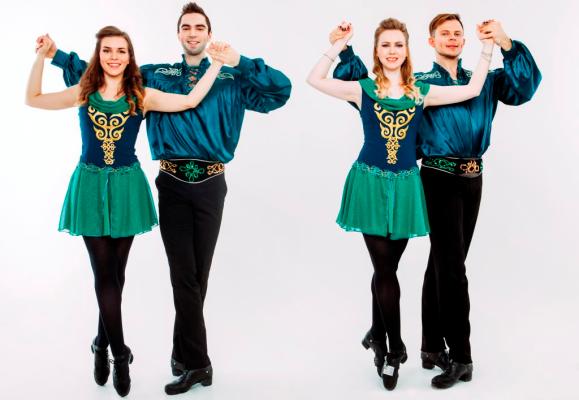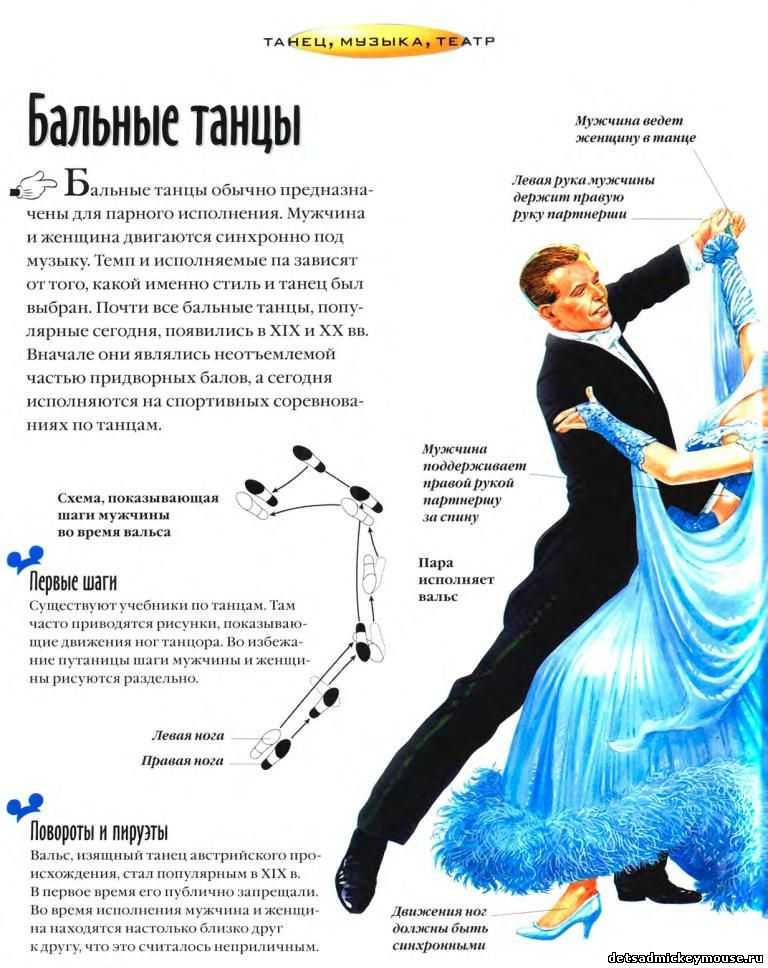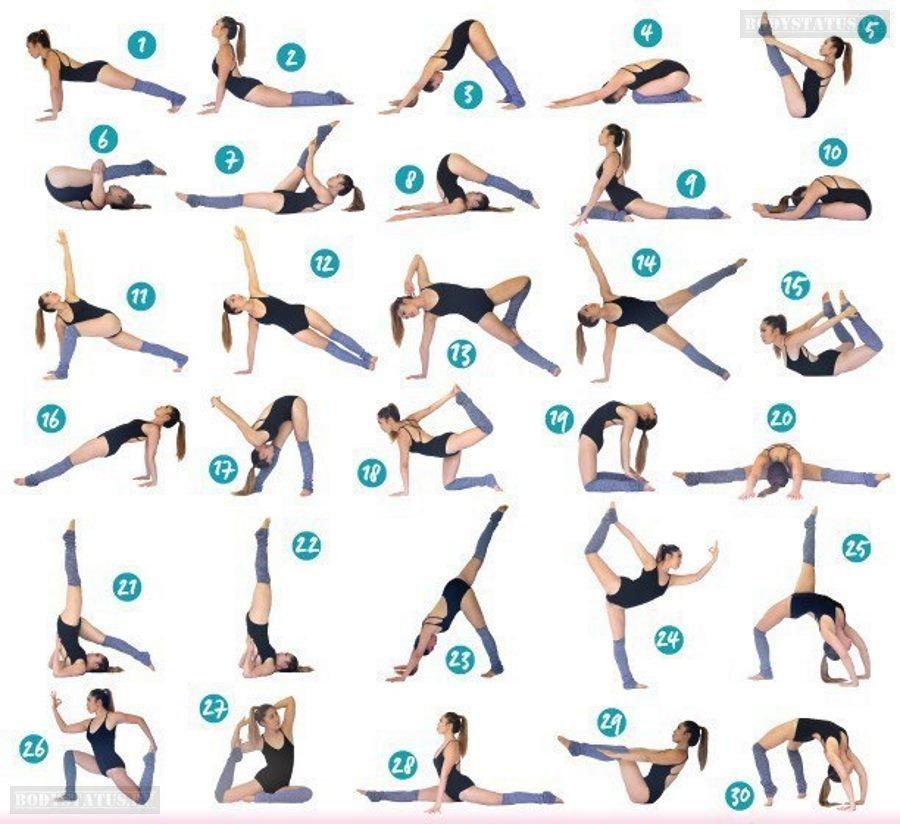How to memorize dance steps
7 Tips for Improving your Choreography Memory
From very early on, dancers are taught the importance of being able to learn choreography.
Learning the choreography is just as critical as building proper technique. Your ability to learn and remember will be crucial to your ability to dance.
Here are seven tips to help boost your memory and be able to learn and retaining choreography.
Recognize the patterns.
Dances and movements often have segments that appear in many moves or patterns that repeat. Once you recognize these, you can use them as helpful shortcuts and memory aids.
Seeing these patterns also means if something doesn’t fit the usual template, it will really stand out, making it easier to remember.
Find a dance buddy.
The first resource you should always use when learning and reviewing choreography is a fellow dancer.
They might not know exactly what your steps or spots are, but they can at least help you fill in the memory blanks you might be having. Reviewing together can help both of you understand and retain the choreography.
Mark your movement.
“Marking” is when you simulate movements with partial gestures. It’s a quick, easy way to mentally review, allowing you to get in some practice and repetition without having to do moves full out. You can do this while sitting or lying by just making micro-movements with your hands or feet, filling in the rest with your imagination.
[Hunger decreases your ability to focus during class. Check out this dancer’s snack list to avoid distracting hunger while learning choreography.]
Grab a notebook.
Write down your steps after learning new choreography. Always have a notebook in your dance bag with you. Spend time after class or rehearsal writing down steps, corrections, and notes. You can reference your notebook any time, and the notes will come in handy when you revisit.
Absorb the music.
Ask the choreographer for a copy of the music. Listen to the music and visualize the choreography. Listen to the music on your commute while you’re making dinner or at the gym.
Listen to the music on your commute while you’re making dinner or at the gym.
Review before bed.
Recent studies show that the best time to study information is before going to sleep. As you sleep, your short-term memory (events or information that you processed during that day) converts into your long-term memory (memories that stay with you longer than a few days).
By reviewing right before bed, the choreography is more likely to convert to your long-term memory, which means you’ll remember it better!
Create muscle memory.
The best way to learn and remember is through repetition. If you do something repeatedly, then your body will start to do it on autopilot. So, drill a section of choreography 50 times if you need to. The more you do it, the more you will imprint the move into your muscles and brain.
Learning to memorize choreography will naturally get easier with experience. But if you want a quicker and more fool-proof way to remember choreography, put these seven tips to practice. Try them at your next Evolution Dance class.
Try them at your next Evolution Dance class.
For more dance tips and essential class information, be sure to follow our informative blog and on social media.
5 Tips to Help You Remember Choreography
Have you been struggling to remember the moves in dance class? Are your auditions coming up?
Here are some tips to help you memorize choreography like a pro. No more freezing or falling behind!
5 Tips to Memorize Choreography
1. Chunking
Chunking is a memorization technique where you learn something in separate sections, then group the sections together at the end.
We use chunking to remember things like phone numbers, addresses, and even song lyrics.
For example, 678-999-8212 is much easier to memorize than 6789998212.
In your dance class or audition, the teacher will probably teach the routine sections already.
But you can chunk the moves into lengths that work for you, whether this means going 1 8-count combo at a time, or separating the piece into 2 halves.
Chunking is a great tool to help you memorize choreography, but sometimes, you can get stuck between those chunks.
It doesn't matter how well you know each chunk – you have to make sure you're connecting them together seamlessly.
2. Connect the chunks
There's a trick to connect those chunks that we talked about in this video:
Basically, always practice a few moves / counts before a chunk, and even after the chunk.
Although dance choreography is usually taught to 8-counts, the dance is performed to the sounds in music – which don't go by cleanly cut counts.
So don't start and stop your movements according to their chunks.
Blend by transitioning the moves in between them. Because the whole thing is really 1 dance! *cue Drake*
3. Use contexts in the song
As we mentioned in Tip #2, you dance to music.
The choreographer made the routine to music.
MUSIC.So, a good way to learn and memorize choreography is to follow... the music!
For example:
Let's say a song / piece goes through the flow of...slow, melodic intro → UPBEAT, POWERFUL CHORUS → iNtRiCaTe beat kill-off to end
You probably won't start finger-tutting in the first section or forget that you're supposed to do heavier movements in the middle.
We always tell you to listen to the music to catch musicality nuances, so you know what textures you should use.
But you should also listen to simply understand the arc of the song, and how that dictates the routine.
4. Make up your own "personal cues"
In our "What is an 8-count” video, we talked about how dancers use counts to map out their choreography.
Counts are a good skeleton to base your memorization off of, but the numbers don't actually provide a ton of information.
They keep track of the rhythm and quantitatively measure where you are in the piece, but they don't tell you how to dance.
So let's get more descriptive than the counts.
Use sounds or actions that you come up with yourself that will actually help you memorize the moves and how you should be executing them.
Here are 4 examples of personal cues that you can use:
1. Naming the moves
Count this out loud:
"1 and 2 and a 3 and 4"
Now, say this out loud:
"Right left push, turn around, look dip."
The latter gives you the same information as the first 8-count (tempo, when the movements take place) and it ALSO hints at the moves themselves!
I personally find this trick most helpful for footwork.
As I'm learning, I'll memorize choreography as:
"Kick ball change, and left and right. Right left right left right, out, together."
2.
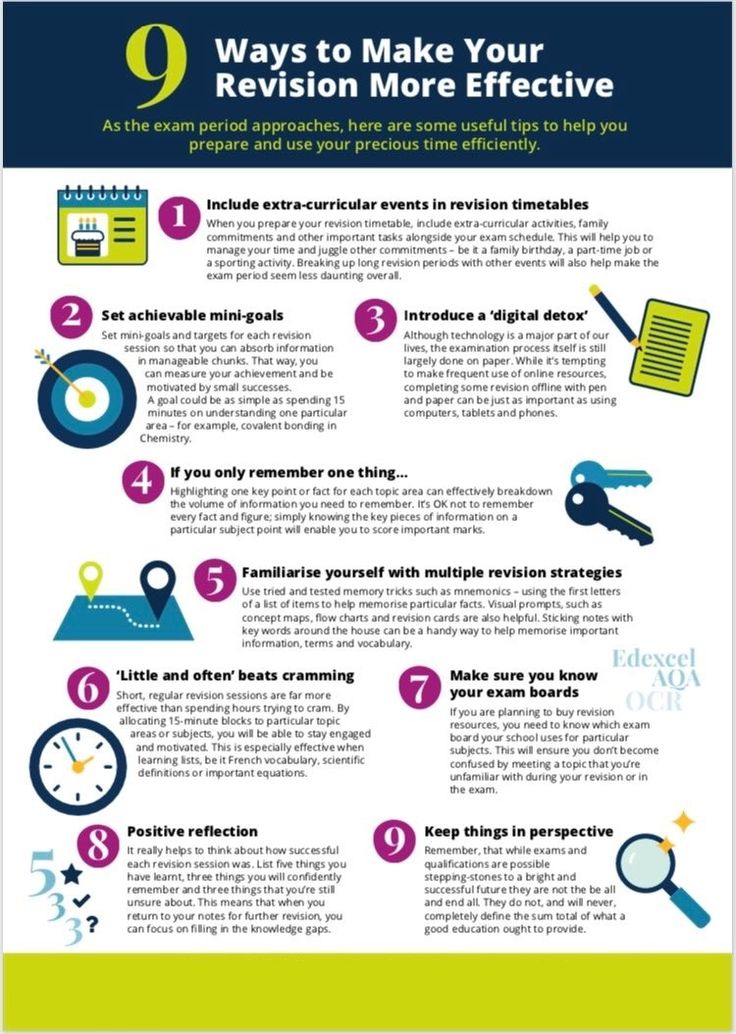 Snapping
SnappingUnlike naming the moves, snapping is more for your body to remember the moves.
I've seen people (Dezi Del Rosario does this a lot) use snaps to mark the points in the moves.
This really forces your body to get to that point while dancing, because you've conditioned it to snap in a certain position.
3. Breathing
Breathing is similar to snapping in that it'll train your body to memorize choreography – use it to remember to slow down or dial back the energy.
You know those pieces where there's a crazy fast combo, then you go into a chill groove???
That sudden drop in energy would look clumsy and out of place, if you didn't breathe through it.
Choreographers might even count that part of the choreography using breaths.
Use cues in your own breathing to memorize choreography parts that are more relaxed.
4. Using obscure sound effects
David Lee loves using whatever sound to mark his movements.
No matter how silly they sound 😂
When you use these personal cues, whether it's naming the moves, snapping, breathing, or making up sounds...
You’re building your own version of the piece that makes sense to you.
When you do this, the dance routine feels more natural and easy to remember.
5. Drill the moves into your muscle memory
This is a simple tip, but so important that I MUST mention it!!!!
Repetition.
If you do something over and over again, then your body will start to do it on autopilot.
So drill a section of choreography 50 times if you need to. Heck, do it 100 times!
This way, even when you have a brain fart, your body can simply take over.
...
And into your visual memoryYes, doing the dance over and over will help your body memorize it.
But it can also be just as effective to watch it over and over, too.
Take a recording of the choreographer or teacher, or of yourself doing the piece, and let your eyes and mind absorb it.
Use all the tips we talked about in this article as you're watching the piece (not just while learning it).
For example, observe how the movements follow the music (Tip #3) or use counts, snaps, breaths, or noises that make sense for you (Tip #4).
Learning to memorize choreography will naturally get easier and easier with experience.
But if you want a quicker and more fool-proof way to remember choreography, put these 5 tips to practice!
Try them out in your next STEEZY Studio class. Sign up here to start for free.
What is the best way to memorize movements? - Dancing
JavaScript disabled
You have JavaScript disabled. Some functions may not work.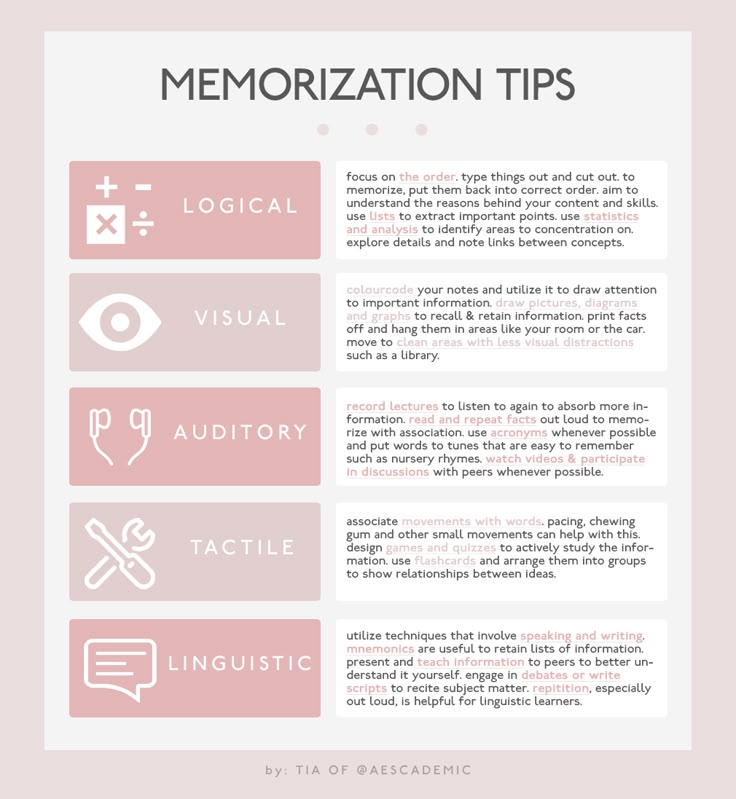 Please enable JavaScript to access all features.
Please enable JavaScript to access all features.
Dear participants of the forum "Dances" and its sub-forums!
We would like to inform you that in order to keep this forum informative and prevent it from moving to the Flea market category, from March 20, 2015, penalties for advertising will be toughened. nine0009 We hope for your understanding and cooperation!
Best regards,
Administration
Posts per topic: 32
#one
Texan
Sent by 23.04.2010, 15:19:00
Started dancing. And the problem arose: to remember the movements . .. Maybe someone also has such a problem ... nine0009
.. Maybe someone also has such a problem ... nine0009
- Top
#2
ClubFreedom
Sent by 23.04.2010, 15:28:41
Started dancing. And the problem arose: to remember the movements ... Maybe someone also has such a problem ...
write down
- on video (almost any cell or cameras record video): one movement, a bunch - it's just a few seconds ...
- if you don't have one, write it down in a notebook with a pen ...
... then in your free time or at the lesson, look at a piece of paper or a video, remember, dance ...
...how you dance many times with a prompt, then remember yourself without a prompt, and if you don’t stop practicing, then you will already perform many movements and combinations on the machine.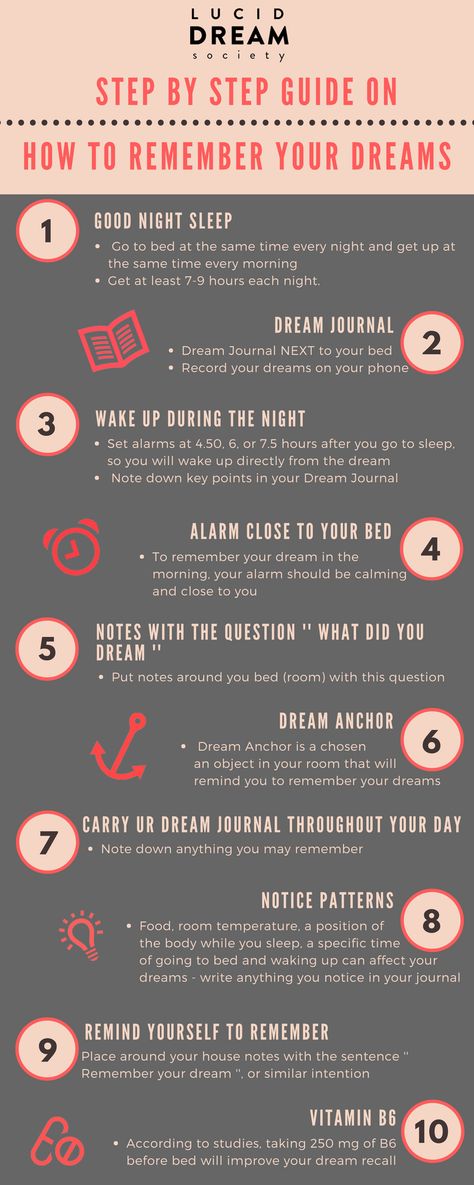 ..
..
- Top
#3
El'Vira
Sent by 23.04.2010, 17:47:02
Also try to run movements in your mind, before your eyes, this is the so-called ideomotor training. And, of course, rehearse more often, repeat the dance.
- Top
#4
Sent by 23.04.2010, 19:31:11
went to belly dancing lessons, I can't remember the movements of my body, and the camera is no help to me.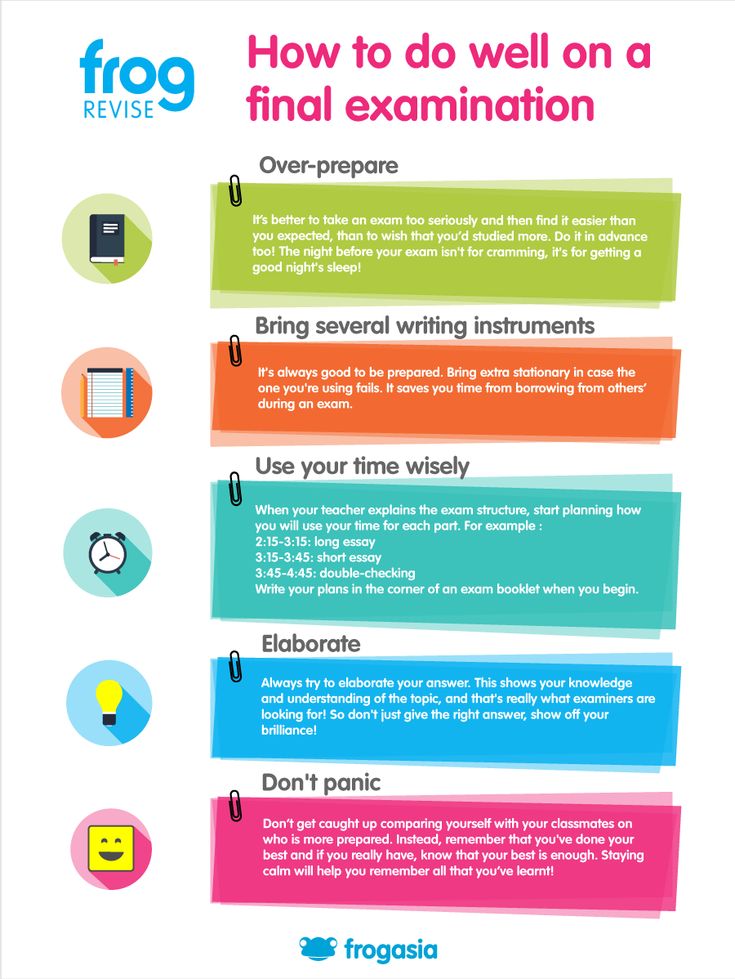
- Top nine0036
- Top
- Top
- Top
- Top
- Top nine0036
- Top nine0036
- Top
- Top
- Top
- Top
- Top
- Top
- Top
- Top
- Top
- Top
#five
Maneesha
Sent by 26.04.2010, 13:58:22
repetition is the mother of learning... and at first it is important to memorize exactly the movements and steps and not the amplitude of the deviation.. The amplitude of the deviation will come by itself as you memorize the steps. gotta choose.. nine0006
Post has been edited by Manisha: 26.04.2010, 14:04:56
#6
carioka
Sent by 26. 04.2010, 14:03:19
04.2010, 14:03:19
"Dancing men" - pictograms with direction arrows.
May not be suitable for many dances. It was just right for Indian classics - there are very definite positions.
#7
Mers166
Sent by 26.04.2010, 14:41:20
Started dancing. And the problem arose: to remember the movements ... Maybe someone also has such a problem ...
first put everything in your head .. at least for me.
and then muscle)
#eight
Nomad Travel
Sent by 26. 04.2010, 14:43:59
04.2010, 14:43:59
I want to develop plasticity, where to start? nine0009
#nine
Mers166
Sent by 26.04.2010, 14:48:17
I want to develop plasticity, where to start?
)))) with stretching))))
#10
saifa
Sent by 26. 04.2010, 22:13:19
04.2010, 22:13:19
MODERATORIAL [ saifa ]
The Nomad Travel user receives a verbal warning under clause 2.2.7 of the Rules.
Post has been edited by saifa: 04/26/2010, 10:13:30 PM
#eleven
Nataly from Edem
Sent by 26.04.2010, 22:58:24
Dance the combination at least five times a day, only correctly without mistakes, mistakes do not count
#12 nine0002 Tauranga
Sent by 05/01/2010, 11:17:20
here is a similar situation. at first I thought that the instructor gives a lot of movements at once, and when you start to do a run to the music, it seems not so much, but remember, sometimes a problem arises with this ...
at first I thought that the instructor gives a lot of movements at once, and when you start to do a run to the music, it seems not so much, but remember, sometimes a problem arises with this ...
you do a warm-up, a press, a mat, but when it comes to dancing, amnesia immediately begins ...
#13
Salamon
Sent by 05/03/2010, 15:44:15
You said it right, you have to repeat everything, and constantly replay it in your head. In general, when you dance somewhere, you mostly improvise, that is, you yourself are already making connections that, in your opinion, are suitable for the rhythm. And if you are preparing for competitions, etc., then it is best to repeat and repeat, of course, so that everything comes to automatism. nine0009
nine0009
#fourteen
Zhora11Scala
Sent by 05/03/2010, 16:43:24
Started dancing. And the problem arose: to memorize the movements... Maybe someone else has the same problem...
Repetition is mother learning and then comes to automation
#fifteen
saifa
Sent by 05/04/2010, 15:03:20
in fact, motor memory is trained over time.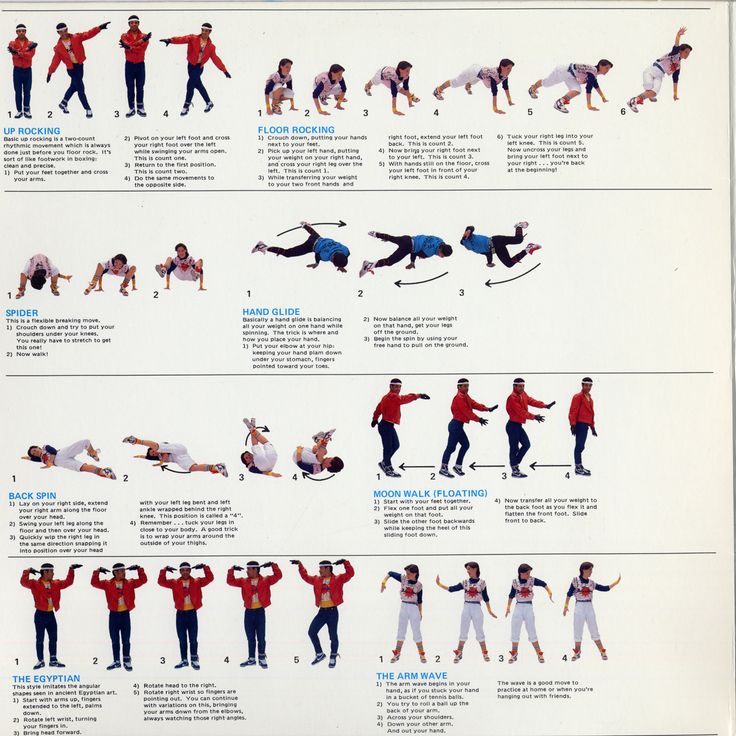
i.e. if at first, it takes a month to memorize fairly simple movements, then over time (constant learning and memorization), to learn an even more complex bunch, you need to repeat a couple of three times. nine0006
but while you are at the beginning of the dance path, this is, of course, cramming.
is a very good way for me (not only in dancing), it's not first to the end to drive everything, but to stop at the "difficult" moments.
you learn, you do. stumbled once. means there is a gap in this place. and you start to learn exactly this 8ku, where you stumbled. then you connect it with the previous 8th and the next. if everything went well. then you start again from the beginning until the next "stumble".
after all the "stumbles" have been worked out, you start to drive from beginning to end. The task is to dance 3 times in a row without a single mistake. if you make a mistake, the counter is reset to zero. nine0009 but don't overdo it.
perfectly trains memory "visualization".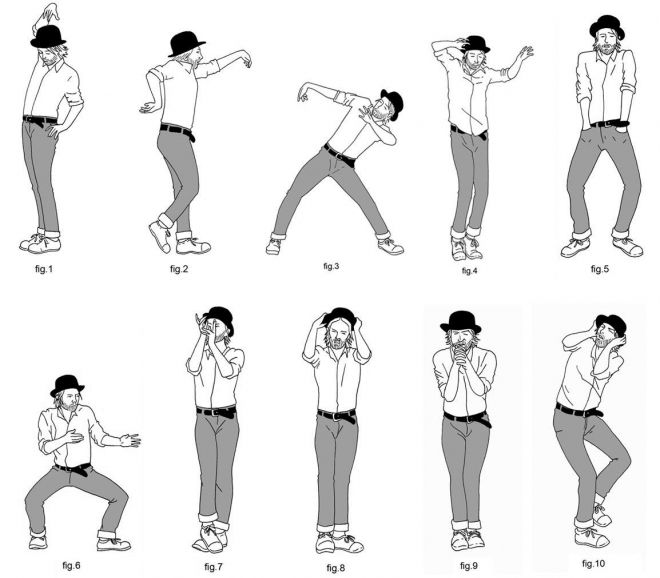 those. just scrolling in your head how you do it.
those. just scrolling in your head how you do it.
then we also recorded on video on the phone. and then all the time I watched, and tried to "remember" what would happen next. also visual.
#16 nine0002 mafiy
Sent by 05/05/2010, 16:50:23
in my opinion it is best to memorize the movement on certain music
and then remember to beat
#17
ALLAMALLA
Sent by on 10.05.2010, 21:05:09
Started dancing. And the problem arose: to memorize movements... Maybe someone also has such a problem... they don’t teach like that, How to learn individual pieces, a problem arises. These pieces dance without stopping, but it doesn’t work, there is also a technique to learn these connections ...... dance the last eight and the first eight of the next piece until you make a mistake, GOOD LUCK nine0009
#eighteen
zhankina
Sent by 10/30/2012, 02:32:15
I also have such a problem, after the lesson my memory is knocked off, etc. nine0009
#nineteen
Vladimir_Vladimirovich
Sent by 10/31/2012, 12:33:33
In principle, in any dance, all, even the most complex, movements are divided into elementary ones.
As a rule, competent coaches must call them somehow. When memorizing elementary movements, be sure to pronounce their names in order to connect motor memory with verbal-logical memory. It will be better this way. nine0009 When memorizing ligaments, pronounce the names of elementary movements, and they will come out by themselves))) of course, not immediately, but after 2-3 months it will already work out well.
Links of movements are also better to be called somehow, and then the trained memory itself will cause the necessary movements in the body))) the main thing is to organize stable connections between words and movements
#twenty nine0002 Oksana Kim
Sent by 10/31/2012, 12:33:36
I used to dance in my childhood, I’ll dance in the hall, I’ll go out and that’s it .
.. in an hour I didn’t seem to be dancing)))
12 life hacks to quickly learn how to dance from Mamita Dance
dancing0006
dancing
Author: Pavel Sobiray
psychologist, teacher of salsa and tangoAt the start, you always want to get a quick result. When it doesn't happen, the hypothesis arises that everything takes time. After a conditionally acceptable time, humility comes to mastering pair dances, which, perhaps, is not given, and I will just do what I learned somehow.
This is the most common story of those who believe that the mere act of attending pair dance classes is enough to learn how to dance. nine0009 Absolutely not. If you want to really dance well, you have to make an effort outside of the dance class. A good teacher will definitely be needed, but the initiative should be on your side.
1. Listen to music
The most common and accessible advice that is given already in the first lessons.
And it definitely works. Music creates a certain atmosphere of the dance and intuitively you want to move to it. It doesn't matter where you listen to music - in the car, on headphones while walking or doing household chores. nine0006
An addition that will help you dance better is your active participation in the music. Sing along, dance or simply beat musical accents with any free parts of the body. In the subway, for example, it is enough to tap out bright moments with your fingers, in the car to sing along with sounds, and at home you can jump for pleasure.
2. Watch videos of good dancers
It's complicated, but also obvious. It’s more difficult, because without recommendations from more experienced dancers, unfortunately, it’s not so easy to find a good quality video on the net (I mean not the resolution quality, but the content itself). nine0006
Meaningful viewing of the video is to form an understanding of HOW the dancers make this or that impression on the partner or the viewer.
Technology is at the heart of everything. Understanding how the pros do it is a big step forward.
It is important to distinguish between a show and a disco dance, a choreographed performance from an improvisation, a stylized dance from an authentic one, etc. Ask for recommendations and dance instructors will always upload a couple of videos of worthy landmarks. nine0009
Tango Z. Showreel.
Online modern tango courses
Tango nuevo is the most advanced version of tango. We can quickly learn to dance from zero to a steep level.
View details 3. Dance in salsatecas/milongas/discotheques
A very delicate moment when it is worth coming to the first party. From a technical point of view, most students in 1-3 months have a sufficient set of figures and techniques to come and dance calmly. Psychologically, the same moment can be stretched out for an indefinite time.
After all, it is imperative to “not lose face”, “learn more figures” and be sure what to do in case “there is an unfamiliar movement”. nine0006
In fact, the party goers don't really care (except for a small layer of non-professional teachers who want to help inexperienced dancers by treating them as customers in the future). It is important to come and try dancing after a month of classes. You can only with friends or guys from your group. This will be enough to feel the adrenaline and inspiration from the dance.
4. Dance with partners or partners not of your level
The conventional wisdom that you need to practice in groups of your level does not stand up to the test of experience. Perhaps now your eyes widened in surprise, and you want to meaningfully read the phrase again. Yes, you saw everything correctly: when you dance with a partner of your level, you don’t grow anywhere. nine0006
It's important to understand that not only does it work one way, and you need to dance with cooler dancers, but it works even more effectively the other way.
It is no coincidence that teaching pair dances dramatically raises the level of the teacher himself. You have an endless stream of very beginner dancers.
How it works. A more experienced partner needs to be "stretched". It's easy and obvious. With beginners, you need to take more initiative on yourself, see the general pattern of the dance more widely, turn on and insure more, try to be an example and be more careful. The quality of interaction begins to grow significantly. And wonderful partners too. nine0006
Dancing with partners of your level doesn't make you grow. Dance with beginners and more advanced dancers
Dominican Bachata Women's Style Online Course
Want to learn how to hypnotize those around you with the most appetizing part of your body? On the course we will tell you all the secrets.
Interesting 5. Learn to dance for a partner and for a partner
Turks and Argentines are one of the best partners in the world.
In Russia, partners are highly valued. Why? The answer is simple. In Argentina and Turkey, it is not questionable for men to ask another man to lead in one piece or another and give feedback on the quality of the lead. For them, it will be a great shame to hear moralizing from a partner, or even more so to be known in the community as an insecure partner. nine0006
In Russia, due to the constant, often far-fetched, opinion that there are more women in pair dances, partners calmly get up and study their partner's part. Such partners then grow into very cool dancers and teachers. In no case do this at parties, only in class. Here we are talking only about the learning strategy. At parties, be yourself.
6. Do not memorize the links
Always try to look deeper and understand the through principle and idea of movement. Understanding what and how is done will make it possible to independently generate any sequences and chips. nine0006
Human memory is limited and there will always be a moment when something will slip away and your repertoire will be limited by the size of RAM.
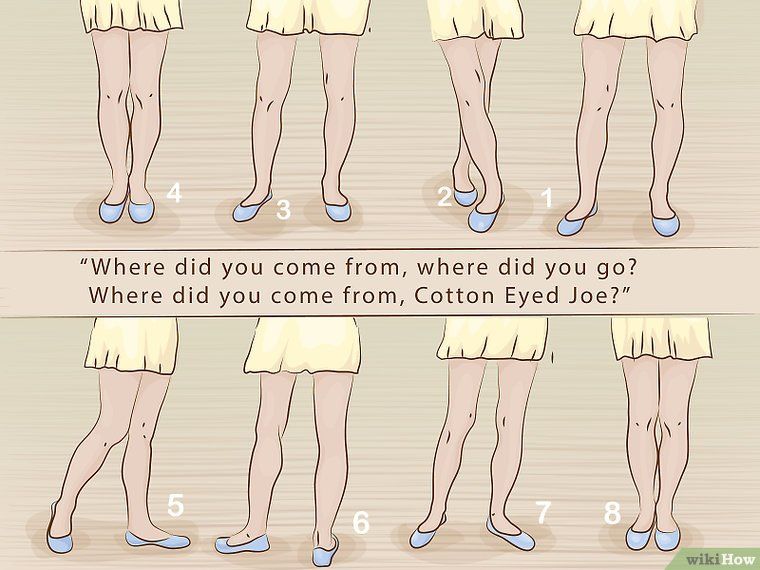
In Argentine tango, for example, there are seven levels of movement construction that, when mastered, will allow you to make millions of combinations. And how many dance sequences can you really remember? In rueda, more than 150 figures dance in a rare circle. It's hard to keep more in mind.
7. Develop your body
Many years of experience in teaching couple dance shows that as soon as everyone pairs up in a class, any progress in individual style ends. But it is the individual style that distinguishes everyone at the disco: partners change, and style is always with you. nine0006
The body as the main instrument of dance must be very plastic, responsive and emotional. Surprisingly, not all pair dance schools have a general physical warm-up. It is vital to tune the body and understand how it works.
You can always train extra and concentrate more on the basic steps, as their true value is as body work. The sequence of steps is, in fact, the simplest thing that can be in pair dancing.
The quality of individual performance determines the craftsmanship. nine0006
8. Try on the images of inspiring dancers
A psychological life hack for those who have already mastered the steps, but still feel that there is not enough brightness and drive. Most are terribly afraid of being someone else's "clone". Here the action is the same as under the influence of hypnosis - the more you resist, the more you plunge into an altered state of consciousness.
With a high degree of probability, you are already dancing like someone else's "clone". A meaningful fitting of someone else's image is that you mentally take the image of the one who inspires you (inspiration is critical in this case) and "put on" yourself. Then you start dancing and trying to feel in general how it is to be able, for example, to be the best partner or the sexiest partner in a disco. This is much more difficult than it seems. But it works extremely efficiently.
nine0006
9. Dance to unformatted music
Habitual rhythms keep you in tight limits. Tango salon or speedy timba leave little room for experimentation and fantasy. Pattern dancing is always noticeable and is reserved for beginners.
The truly new is born outside of the usual. Look for places to experiment. If there is no place, organize self-training. The main thing is not to get carried away, because music determines the style. We bring something new to pair dances, rather than trying to change them. nine0009
Search, improvise, don't be afraid to go beyond, develop in different directions, be inspired by music atypical for the style
10. Try your hand at basic dance directions
dances exist according to their own non-choreographic laws.
This is the deepest delusion, which has turned into a ceiling for the qualitative development of partner dances. After all, all professional dancers, for example, in salsa or bachata, build their ideas on the basic choreographic principles.
nine0006
Do not think that choreography is applicable only on stage. Any meaningful movement of the body can be choreographic. In general, try classical or modern choreography. Basically, hip-hop can work too.
11. Look for battle sensations
Pair dances return us to an active position of manifestation of our body. As in the days of our ancient ancestors, we impress the members of the opposite sex by how dexterous, hardy, sexy, etc. we are. Modern laws of the jungle in the entourage of big cities. nine0006
If you look around the dance floor, it becomes clear that the majority are clearly herbivores (not in the sense of vegetarians, but in relation to those around them). I am sure that predators are always more interesting in terms of the attractiveness of the image - try to find a counterbalance among herbivores, for example, a cat woman or a lion man.
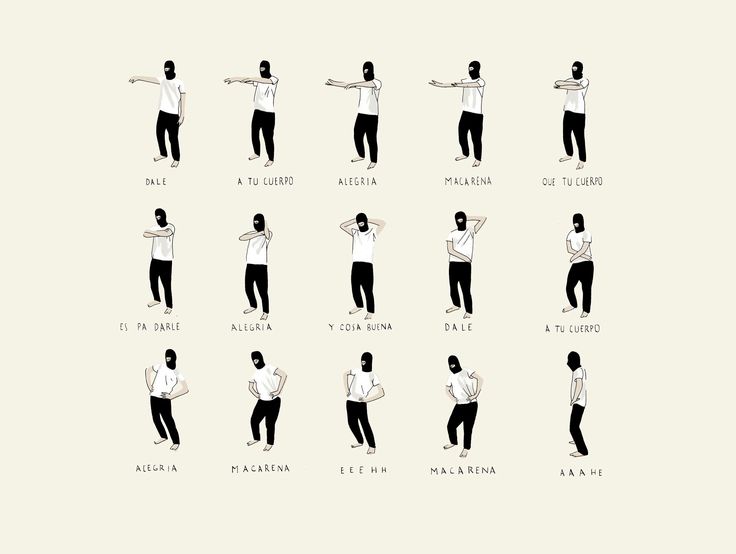
The conversation is about an internal position, not about aggressiveness. Lability and lack of control are inherent in adolescents, and not in adult self-sufficient people.
Accordingly, even a training or friendly battle gives, on the one hand, practical skills - to make a bright sequence of movements, bring an idea to a climax, show a spectacular trick, on the other hand, develops the psychological basis of the dance - self-confidence, resistance to extraneous attention, self-control and self-control in complex elements. nine0009
12. Communicate with professionals
The environment shapes the internal position. Basically, real passionaries of the dance community are ready to openly talk, discuss and support the development of dance in every possible way. Universal principles and the ideas they articulate have a much longer and more practical perspective than meets the eye.
Accept that, for example, behind the words "listen to your partner" lies not only a beautiful metaphor, but also a practical skill to literally listen to your partner.
